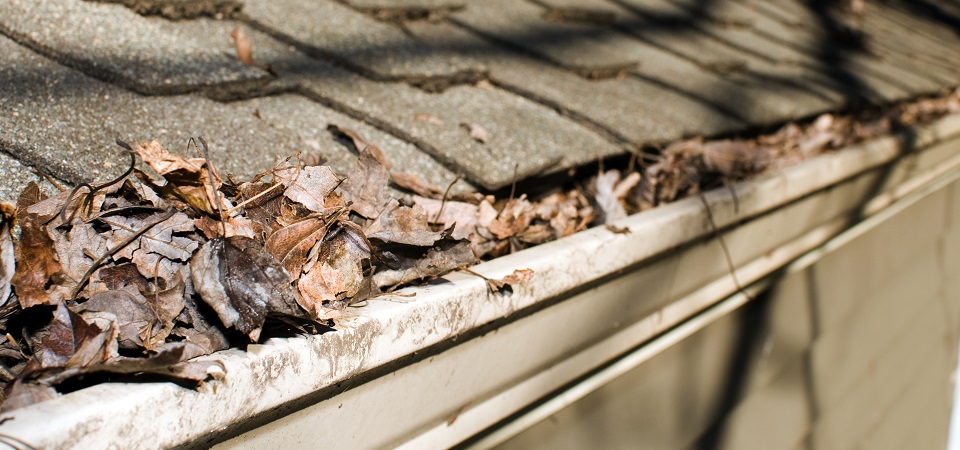Major repairs to rental properties due to winter conditions can be extremely costly and hugely inconvenient. Katie Lofthouse explains how seven routine checks can protect your income – and keep your tenants happy.
- Carry out external building inspections
Making sure all the windows and doors are in serviceable condition, and clear gutters and drains of leaves and other debris to reduce the risk of water damage.
Also, check out the condition of the roof. Loose or missing slates can result in damaging leaks, and flat roofs are particularly liable to let in water after heavy rainfall or when snow melts.
If you don’t feel confident going up a ladder, call in a reputable roofing firm who will be happy to carry out a health check at a reasonable cost. If any work does need doing, sooner is always less costly than later.
- Ensure the heating system is up to scratch
Boiler problems are the most common and replacing one can put a huge dent in your income, so it’s worth having the boiler serviced regularly.
In addition, don’t forget to examine the pipes and radiators. Radiators may need bleeding to release trapped air if they haven’t been used over the summer, while insulating the pipes can prevent a burst pipe in extremely cold weather.
If a property is vacant it’s well worth setting the heating to come on for a few hours at low temperature each day to prevent pipes freezing.
- Check your insulation is effective
Effective insulation reduces energy bills as well as keeping your rental property toasty warm.
It’s a good idea to start at the top and ensure your loft insulation is working as it should – up to a quarter of a property’s heat can be lost through the loft.
In addition, check that the cavity wall insulation meets the required standards. Meanwhile, drafts can be minimised by a good standard of pointing and sealant around windows and doors.
Keep in mind, too, that adequate air flow is important, especially in high-humidity areas such as bathrooms and kitchens, or you could end up with unsightly damp patches on the walls. Extractor fans should be in good working order and tenants advised to ventilate the property.
- Take a close look at your insurance cover
Make sure your insurance policy to is up to date and check your policy gives sufficient cover for winter-related damage.
Also, consider taking out insurance to cover your boiler as this can be a worthwhile investment. So, too, is cover for a flat roof. As mentioned earlier, flat roofs are apt to collecting water from rainfall or snow-melt, as it can’t easily drain away.
- Make sure the paving is safe – especially in icy conditions
Ensure the external paving is well-drained to avoid the build-up of water that will stand and freeze. This could be dangerous for the tenant and anyone visiting the property.
If a tenant, or visitor, suffers an injury as a result of poorly maintained paving, you could find yourself facing a potentially costly legal action for compensation.
- Things to get alarmed about
Every floor of a rental property must have a working smoke alarm, while all rooms with solid fuel appliances (such as functioning fireplaces) have to be fitted with a carbon monoxide alarm.
When testing your alarms, it’s also a good idea to make sure the burglar alarm is working to give your tenant extra reassurance on those cold dark nights.
- Reduce the risk of a Christmas crisis
Finally, nobody wants a Christmas Day drama, so visit or call your tenant in the week before Christmas. Ask them if they are happy that everything is working as it should, and let them know how you want them to deal with any emergency that may occur.
For more information on winter-proofing your rental property, or any other landlord matters, contact Katie Lofthouse on 01200 408 303 or email her at katie.lofthouse@whnsolicitors.co.uk












